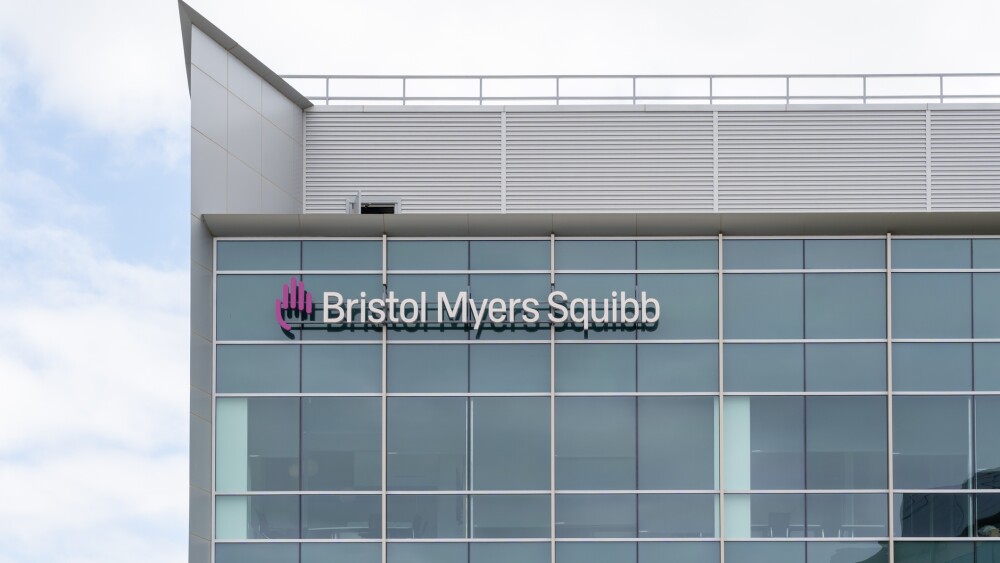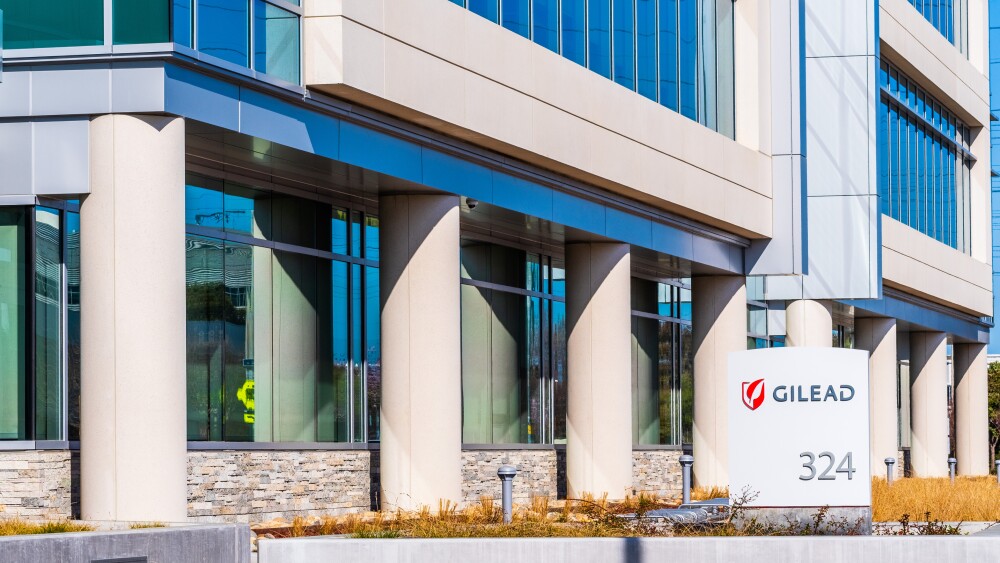While these technologies are now a therapeutic reality, the ASGCT 2024 annual meeting this week was a reminder of just how far we are from widespread use.
The 2024 American Society of Gene & Cell Therapy annual meeting attracted a record number of attendees and abstracts, testimony to the tremendous growth of the cell and gene therapy industry. But for me, my week onsite in Baltimore laid bare the major challenges that stand between cell and gene therapies (CGTs) and the masses.
To be sure, the CGT space has come a long way in a very short time, with a record seven approvals in 2023, and this year looking to bring even more therapies to market. The commercial side of this space is particularly apparent now as the race between Vertex Pharmaceuticals’ CRISPR-based Casgevy and bluebird bio’s gene therapy Lyfgenia heats up.
And there were some amazing technologies in the spotlight at ASGCT 2024, with several major advancements poised to transform the sector. Particularly noteworthy were new advancements in gene editing. While the CRISPR genome editing platform earned the Nobel Prize in 2020, the technology has limitations and risks, and researchers are looking to develop more accurate and safe DNA editors.
One example is Prime Medicine, which showcased its prime editing technology at ASGCT 2024 after receiving FDA clearance recently for a first clinical study. The company contends that prime editors, which can rewrite defective genes without breaking both strands of the DNA double helix, have the capability to repair almost all types of genetic mutations while avoiding the risk of harmful side effects. Prime Medicine also argued that its technology works in many different tissues, organs and cell types, with opportunities across thousands of indications.
Another leap in the CGT space is in engineered cell therapies, which seem to be entering a second revolution, the first being the commercialization of CAR-T cell therapies.
However, Peter Marks, director of the FDA’s Center for Biologics Evaluation and Research, provided a sobering assessment at ASGCT 2024 of the opportunities and challenges facing the industry. Marks said that it’s “quite an exciting time” for gene therapies in the U.S. with 20 indications and 19 products approved but emphasized there are “some real challenges” including manufacturing, clinical development timelines and different global regulatory requirements.
“We are at a critical juncture,” Marks, the FDA’s top biologics regulator, said. “We see products dropping out of development because they’re simply not felt to be commercially viable,” particularly for rare diseases.
ASGCT 2024 fostered a lot of good conversations about the regulatory hurdles facing the CGT industry. However, just as important were the discussions around the significant manufacturing challenges confronting the sector.
Marks touted the progress of the Bespoke Gene Therapy Consortium (BGTC), a public-private collaboration involving the National Institutes of Health, FDA, industry and patient groups intended to help accelerate the delivery of AAV-based gene therapies for rare diseases. And in one standing room-only session this week, representatives from several biopharma companies presented on their work to improve the efficiency and quality of AAV production.
At the same time, it should also be remembered that ASGCT 2024 kicked off with the sad news that a young boy with Duchenne muscular dystrophy (DMD) in Pfizer’s Phase II gene therapy trial died, causing the company to pause dosing. In 2021, a Phase Ib DMD study was similarly halted by Pfizer after an unexpected patient death.
On Thursday, I attended a Pfizer event in the exhibit hall. After the formal remarks and before Q&A began, a company spokesperson took the podium and said they would not be able to answer any questions regarding the death of the boy in the trial. “There’s no further information that we have to share at this time, and we’re in the process of gathering additional information.”
Ironically, Pfizer’s presentation in the exhibit hall was entitled “Progress and Challenges in Genetic Medicine” and included a discussion about “the importance of careful patient selection for clinical trials.”
The death in the latest Pfizer DMD trial is still being investigated and no cause has been established. However, we were reminded this week how far the industry still needs to go, despite the fact advancements are increasingly making these technologies a therapeutic reality.
With ASGCT 2024 winding down, I can say I learned a lot about the state of the CGT industry—both positive and negative—in the sessions and networking opportunities at the annual meeting. I’m looking forward to ASGCT 2025 in New Orleans. Hopefully by then, we’ll see significant progress in addressing some of these challenges. See you all there!
Greg Slabodkin is the news editor at BioSpace. You can reach him at greg.slabodkin@biospace.com. Follow him on LinkedIn.






